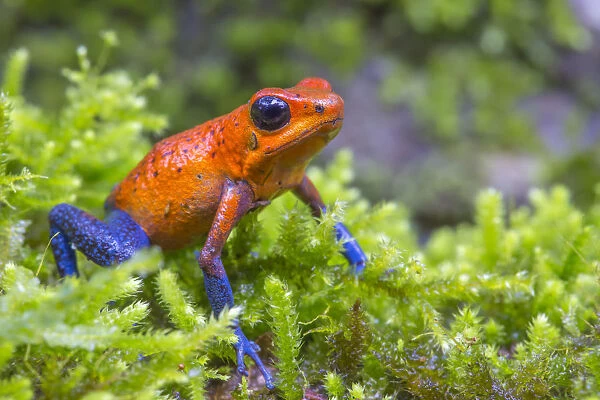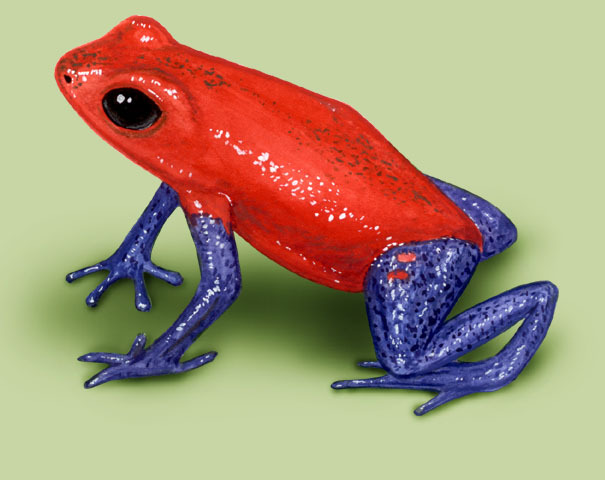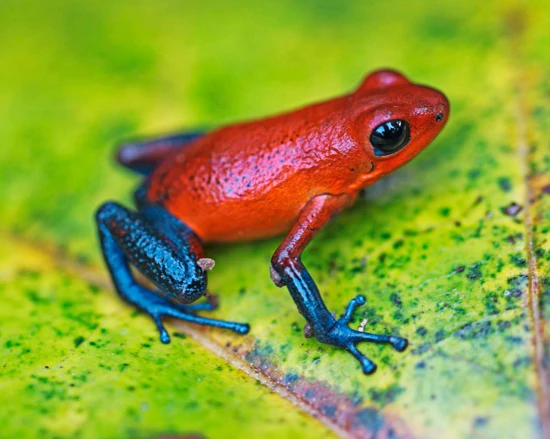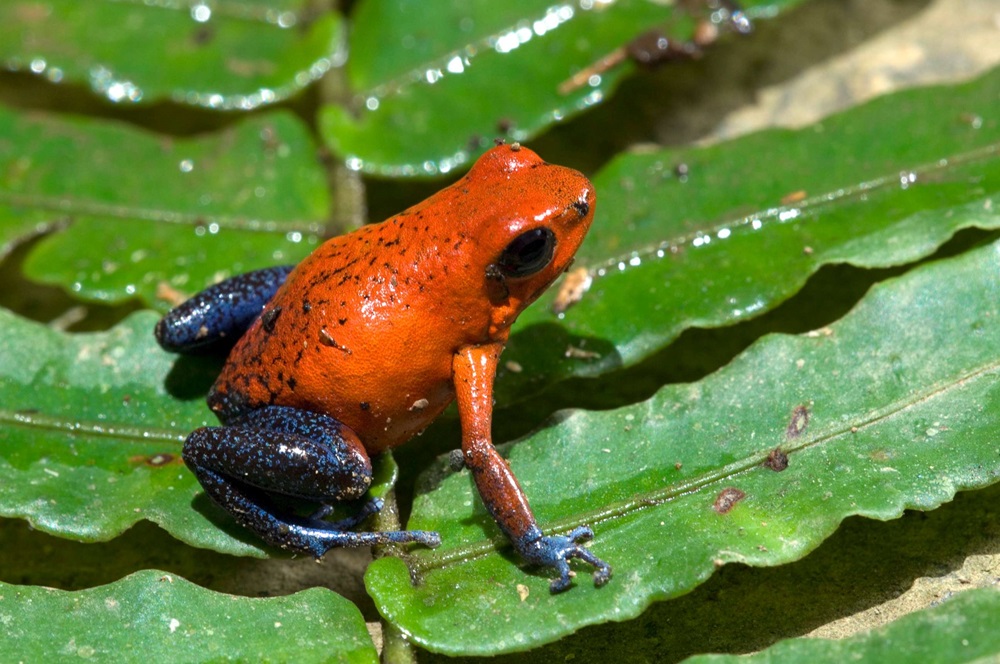Understanding the Strawberry Poison Dart Frog is crucial not only for appreciating its beauty but also for recognizing the ecological challenges it faces. This article explores the characteristics, vibrant colors, habitats, behaviors, conservation status, and ways to support its preservation.

What is the Strawberry Poison Dart Frog?
The Strawberry Poison Dart Frog, scientifically known as Oophaga pumilio, is a small amphibian belonging to the family Dendrobatidae. Commonly referred to as the strawberry poison-dart frog or blue jeans poison frog, it is native to Central America, specifically from eastern central Nicaragua through Costa Rica to northwestern Panama. This species typically measures about 1 to 2 inches in length and is notable for its striking coloration and unique behaviors.
Vibrant Colors and Patterns
One of the most captivating features of the Strawberry Poison Dart Frog is its vibrant coloration, which can range from bright red to orange, yellow, and even blue. These colors serve as a warning to potential predators about the frog’s toxicity, a defense mechanism that has evolved over time. Interestingly, coloration can vary significantly among individuals and regions, with approximately 15 to 30 distinct color morphs identified across its range. This variation may play a role in local adaptation and survival strategies.

Natural Habitats
The Strawberry Poison Dart Frog thrives in the humid rainforests and tropical regions of Central and South America. These frogs are commonly found in lowland and premontane forests, where they inhabit leaf litter and bromeliads. Unfortunately, habitat destruction due to deforestation, agriculture, and urbanization poses a significant threat to their populations. As their natural habitats are fragmented or destroyed, the survival of this species is increasingly jeopardized.
Diet and Behavior
Strawberry Poison Dart Frogs primarily feed on small invertebrates, such as insects and other tiny creatures. They exhibit diurnal behavior, being most active during the day, and are known for their arboreal tendencies, often climbing trees and plants in search of food. Their unique reproductive behavior involves males calling females to breeding sites, where the female lays eggs that the male guards until they hatch.

Conservation Status
Currently, the Strawberry Poison Dart Frog is listed as “Least Concern” by the International Union for Conservation of Nature (IUCN). However, it faces several threats, including habitat loss, climate change, and pollution from agricultural practices. Conservation programs are in place to protect this species, including breeding initiatives and habitat restoration efforts aimed at stabilizing populations in the wild.
How You Can Help
Individuals can support conservation efforts for the Strawberry Poison Dart Frog in various ways. Donations to wildlife organizations and raising awareness about the threats faced by these frogs are crucial steps. Organizations such as the International Fund for Animal Welfare (IFAW) work tirelessly to protect amphibian habitats and promote sustainable practices.

Fascinating Facts
The Strawberry Poison Dart Frog exhibits remarkable adaptations, including exceptional parental care. Males often carry tadpoles on their backs to water-filled bromeliads, where they can thrive. Additionally, these frogs are obligate oophagous, meaning that their tadpoles primarily feed on unfertilized eggs provided by the female. This unique life cycle highlights the intricate relationships within their ecosystem.
Conclusion
Protecting the Strawberry Poison Dart Frog is vital for maintaining biodiversity and ecological balance in its native habitats. As individuals, we can contribute to conservation efforts and help ensure that future generations can appreciate the beauty and uniqueness of this remarkable amphibian. Engaging in awareness campaigns and supporting conservation organizations are essential actions to safeguard the future of the Strawberry Poison Dart Frog.

